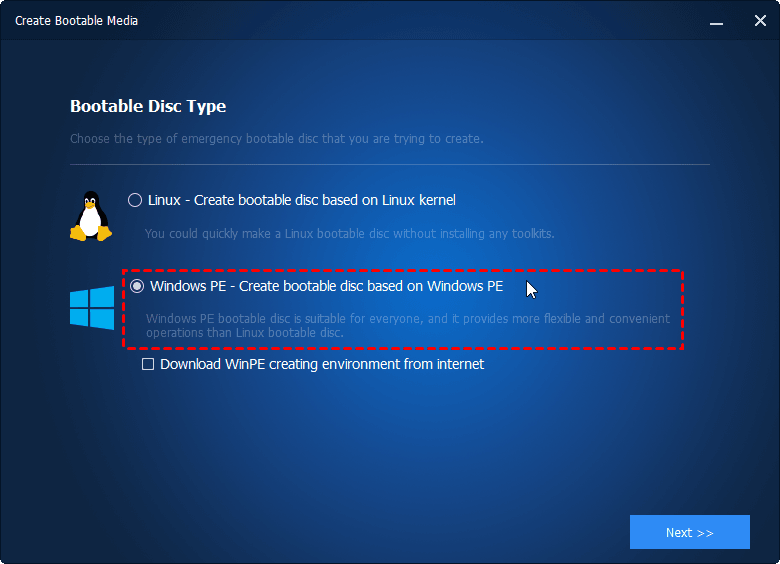

- #Windows 10 disc image tools full#
- #Windows 10 disc image tools windows 10#
- #Windows 10 disc image tools software#
- #Windows 10 disc image tools iso#
- #Windows 10 disc image tools free#
(Your mileage may vary, depending on which tool you choose.) Create (and schedule) image backups
#Windows 10 disc image tools free#
I have been a devoted user of Macrium Reflect Free for a decade now, and present its use on Windows 11 in the following screenshots as an illustration of how such programs work.
#Windows 10 disc image tools windows 10#

Back up and restore Windows with third-party backup tools Fortunately, there are better options available. In fact, most Windows gurus recommend using something else because of occasional (but credible) reports of problems when restoring images made using the Backup and Restore (Windows 7) tool. Having followed ongoing backup and restore discussions on Windows Ten Forums since October 2014, and on Windows Eleven Forum since June 2021, I can say that none of the participants speak in favor of using the tool any longer. The company’s current “ Backup and Restore in Windows” support article mentions the Backup and Restore (Windows 7) utility only in the context of restoring from system image backups created “in previous versions of Windows.” Microsoft has clearly backed away from the tool. IDGįigure 2: While the Backup and Restore (Windows 7) utility is still around, there are much better options. It’s still present in Windows 10 and 11 (shown in Figure 2 at the top of the Control Panel window), but it’s currently called “Backup and Restore (Windows 7),” which provides an important clue about its status. In Windows 7, Microsoft built a Backup and Restore utility into the OS. Don’t use the built-in Windows backup utility
#Windows 10 disc image tools iso#
ISO image format (a CD- or DVD-oriented disk image format based on the ISO-9660 standard, which Microsoft uses to distribute images of the Windows installation environment) contains an exact duplicate of a disk image, including data saved in files on that disk, as well as file system information and related metadata. Disk image files are often stored using special binary formats.
#Windows 10 disc image tools software#
To create an image, special software is used to build the single file (or collection of files) that represent the whole disk or its constituent partitions. Given the right software, in fact (I’ll show a demonstration later on in this story), you can explore an image just as if it were a standalone file system.

Thus, each partition is captured in its own image file. describes a disk image as “a software copy of a physical disk” that “saves the entire data from the disk, including the file structure and folders from the disk, in a single file.” Making an image backup involves making a snapshot of the contents of each partition on one drive and storing those contents within an image copy for each partition on another drive. And when an image backup is restored, the previous contents of the drive are overwritten, as the image for each partition is written to the target drive afresh and anew. When you make an image backup, all the bits and bytes for each partition are captured. (Please note: I use the excellent, no-cost MiniTool Partition Wizard Free instead of Windows’ built-in Disk Management tool because Partition Wizard shows the Microsoft Reserved, or MSR, partition along with other partitions on the C: drive in Figure 1 it occupies 16MB in position 2.) IDGįigure 1: The default Windows 10 and 11 disk layout comprises 4 partitions: (1) EFI, (2) MSR, (3) Windows OS, and (4) Windows Recovery Environment (WinRE). If you look at the disk layout for a typical C: drive, you’ll see that it usually includes four or more partitions, as shown in Figure 1.
#Windows 10 disc image tools full#
Image backups are sometimes called system image backups, whole-system backups, full system backups, or other variations on that theme. In other words, it’s an exact copy (“image”) of the drive - operating system, data files, settings, and all - not just the files stored on it. Simply put, an image backup is a snapshot of the complete contents of all partitions on a computer’s C: drive.


 0 kommentar(er)
0 kommentar(er)
